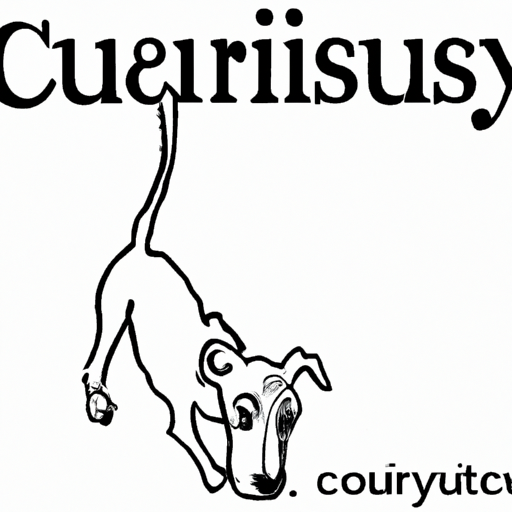Understanding the Behavior
Hey! You, the one with the adorable fur-baby, let’s talk about why your dog might be nipping at you. It’s more than just a tiny bite, it’s a form of communication. Dogs, much like us, have their own unique ways of expressing themselves. Nipping is one of them.
-
Playfulness: Your dog might be nipping at you as a playful gesture. It’s a way for them to engage with you, much like a child would tug at your clothes.
-
Teething: Puppies, much like human babies, go through a teething phase. Their gums can get itchy and nipping helps them relieve this discomfort.
-
Attention-Seeking: If your dog isn’t getting enough attention, they might resort to nipping as a way to say, “Hey, look at me!”
The Role of Breed
Just like you and I have our unique quirks, each dog breed has their own distinct traits. Some breeds are more prone to nipping than others.
| Breed | Nipping Tendency |
|---|---|
| Border Collie | High |
| Australian Shepherd | High |
| Shetland Sheepdog | Moderate |
| Chihuahua | Low |
How to Respond
Now that you know why your dog might be nipping, let’s talk about what you can do. Responding correctly can help improve their behavior.
-
React Calmly: Dogs are sensitive creatures. They pick up on your energy. If you react with aggression, they might become fearful or more aggressive themselves. Stay calm, assertive, and composed.
-
Redirect the Nipping: If your dog is nipping because of teething or playfulness, give them an appropriate outlet. A chew toy or a tug toy can work wonders.
-
Reward Good Behavior: When your dog doesn’t nip or stops nipping after your command, reward them. Positive reinforcement is a powerful tool.
Training Your Dog to Stop Nipping
Training is key. Consistent training can help your dog understand that nipping isn’t acceptable.
-
The ‘OUCH’ Method: Every time your dog nips, say ‘OUCH’ loudly and stop playing with them. They will soon associate nipping with the end of fun times.
-
The ‘Time-Out’ Method: If your dog continues to nip, give them a time-out. This helps them understand that nipping leads to isolation.
Training takes patience and time. So, don’t be disheartened if your dog doesn’t stop nipping immediately.
FAQ’s
Q1: Is nipping a sign of aggression in dogs?
A1: Not always. Nipping can be a sign of playfulness, teething, or attention-seeking.
Q2: How long does the teething phase last in dogs?
A2: The teething phase in dogs typically lasts until they are 6 months old.
Q3: What if my dog doesn’t stop nipping despite training?
A3: Consider seeking professional help. A professional trainer or a behaviorist can provide more targeted guidance.
Remember, understanding your dog’s behavior is key to forming a stronger bond with them. Happy parenting!



